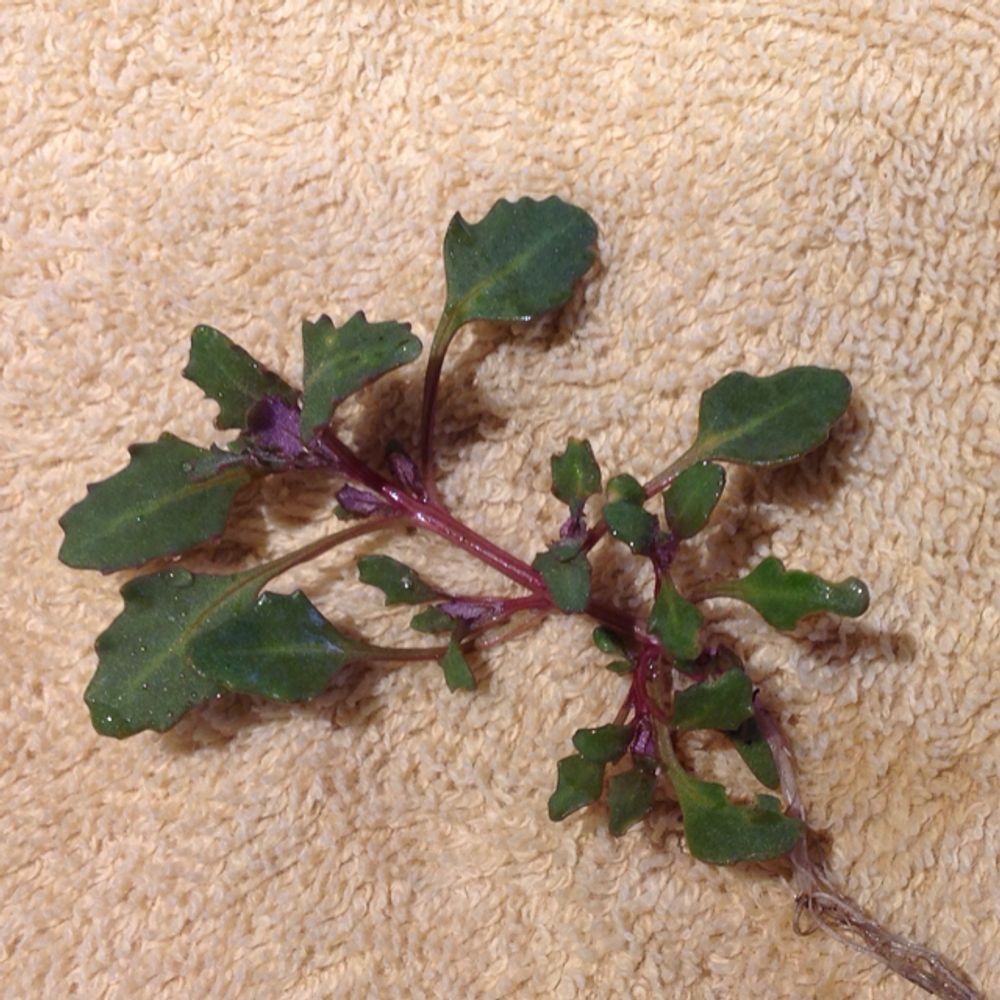Slimleaf Goosefoot
(Chenopodium pallescens)

Description
Plants annual, without an odor. Stems 10-60 cm long, erect or ascending, few- to several-branched, glabrous or sparsely white-mealy, sometimes slightly reddish-tinged or reddish-striped, often appearing pale green. Leaves sessile or short-petiolate. Leaf blades 1-4 cm long, mostly 6-10 times as long as wide (1-6 mm wide), linear to very narrowly oblong, bluntly to sharply pointed at the tip, angled at the base, grayish green and thickened-leathery in texture, the margins entire, the surfaces glabrous or more commonly (especially the undersurface) sparsely white-mealy at maturity. Venation unbranched, only 1 midvein apparent. Inflorescences axillary and terminal, consisting of short spikes with dense, small clusters of flowers, the terminal spikes sometimes grouped into small panicles. Flowers not all maturing at the same time. Calyx 5-lobed to below the midpoint, covering the fruit at maturity, the lobes 1.3-1.6 mm long, oblong-elliptic, rounded to bluntly pointed at the tip, keeled dorsally, sparsely white-mealy. Stamens 5. Stigmas 2. Fruits 1.3-1.6 mm wide, depressed-ovoid, the seeds positioned horizontally, the wall thin, membranous, and somewhat translucent, finely roughened, difficult to separate from the seed. Seeds black, shiny, smooth, rounded along the rim. 2n=18. June-October.Uncommon, widely scattered in the state (Indiana to Wyoming south to Arkansas, Texas, and New Mexico). Glades, tops of bluffs, upland prairies, and sand prairies; also roadsides, railroads, and open, rocky, disturbed areas.The taxonomy of the narrow-leaved species of Chenopodium is complex and has been confused in some of the older botanical literature. Crawford (1975) studied the morphology, flavonoid chemistry, and cytology of the group and annotated many of our specimens. Some of the specimens noted and mapped by Steyermark (1963) as this species have been redetermined as C. desiccatum or C. pratericola, and C. pallescens is generally less common in Missouri than he understood it to be.
Taxonomic tree:







